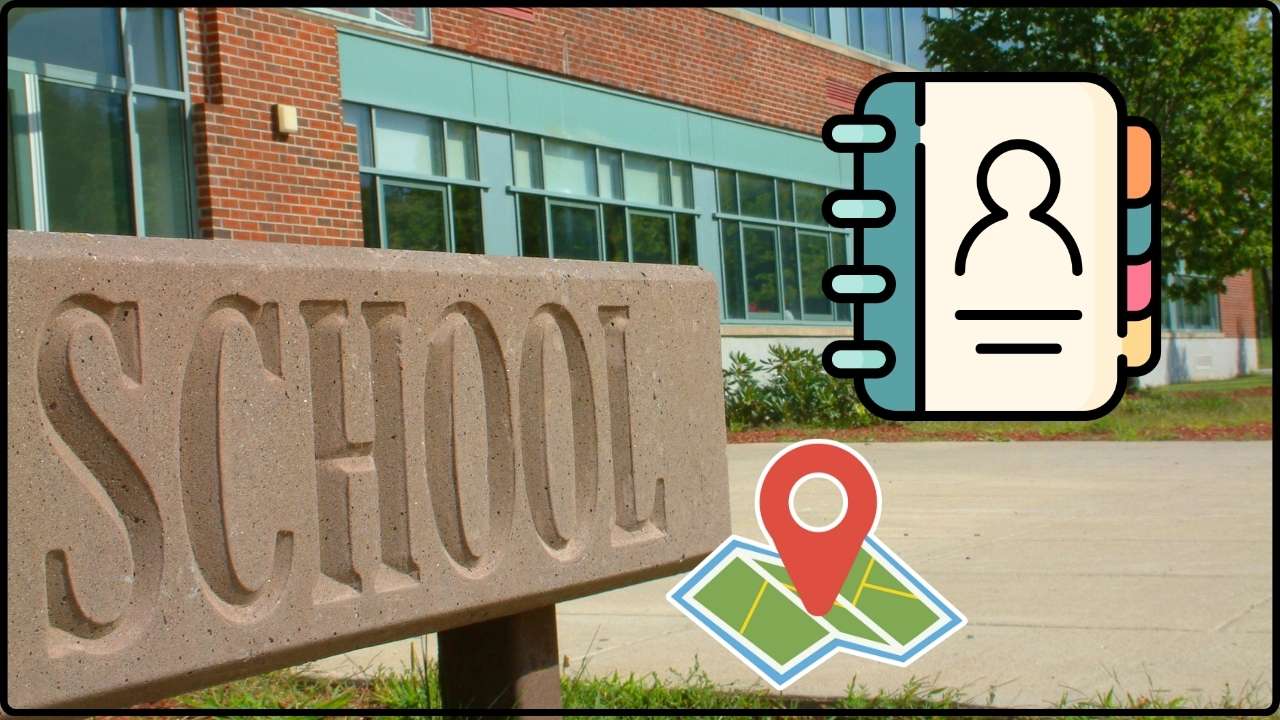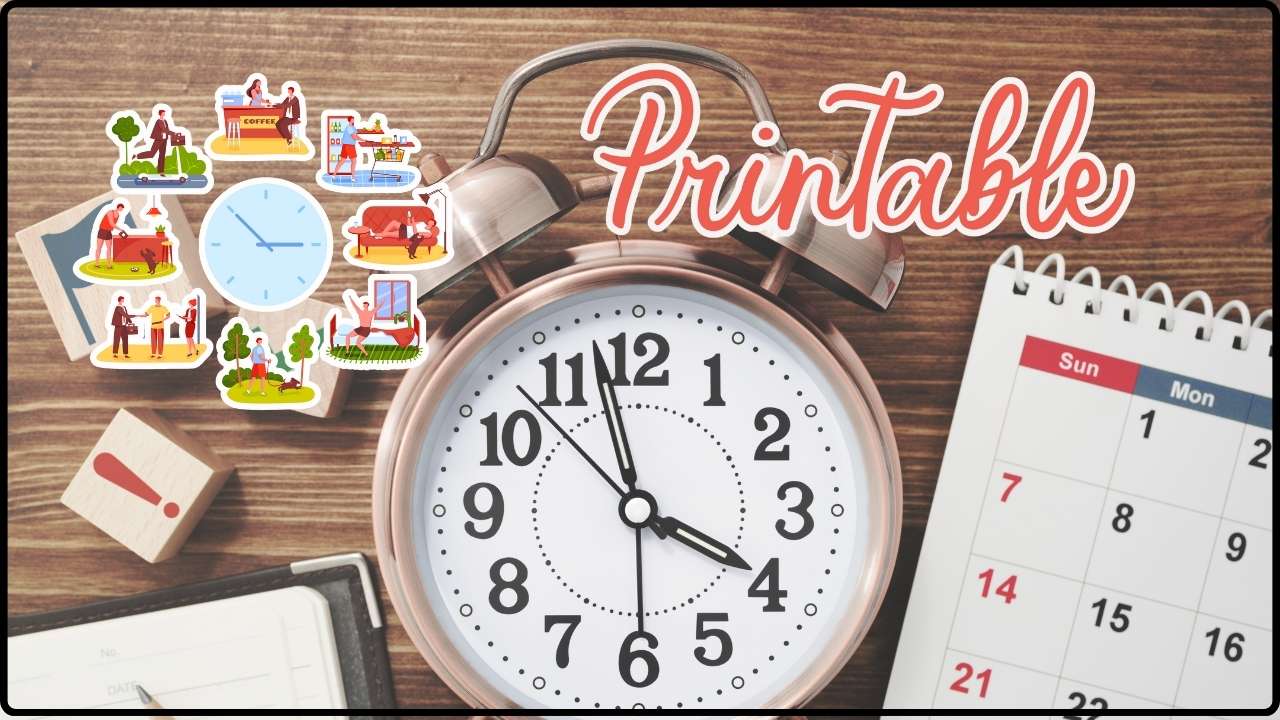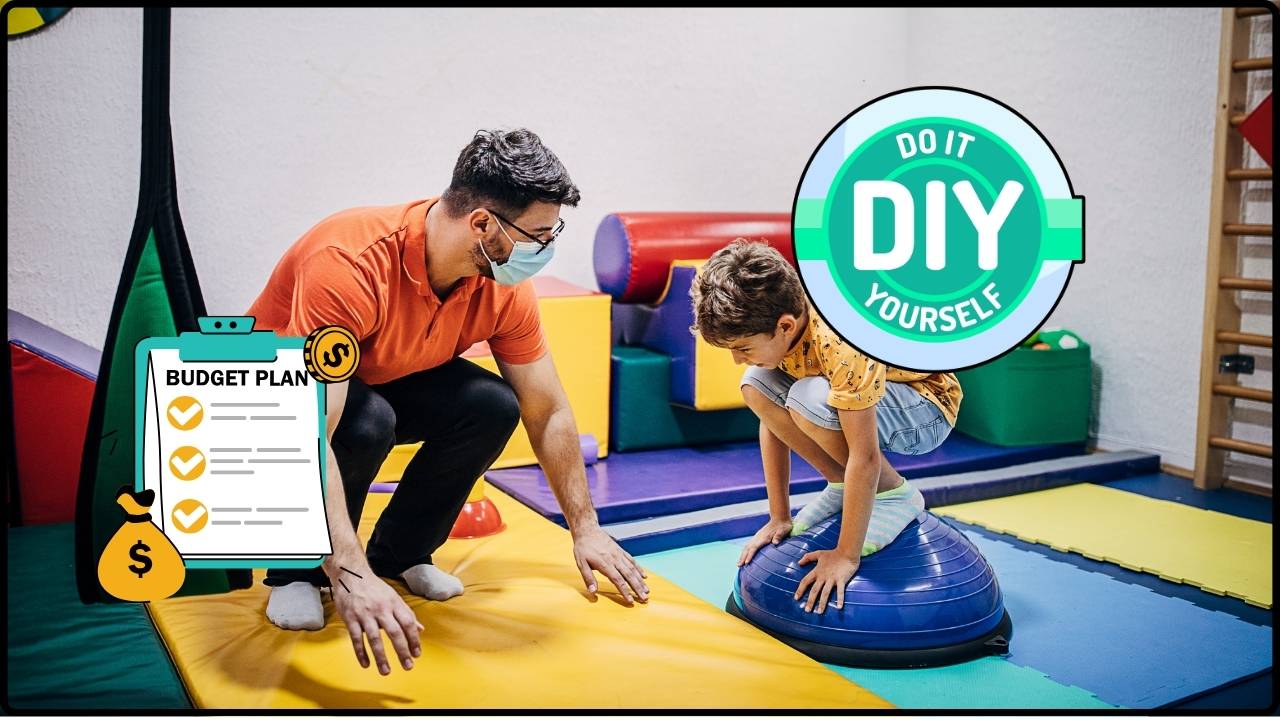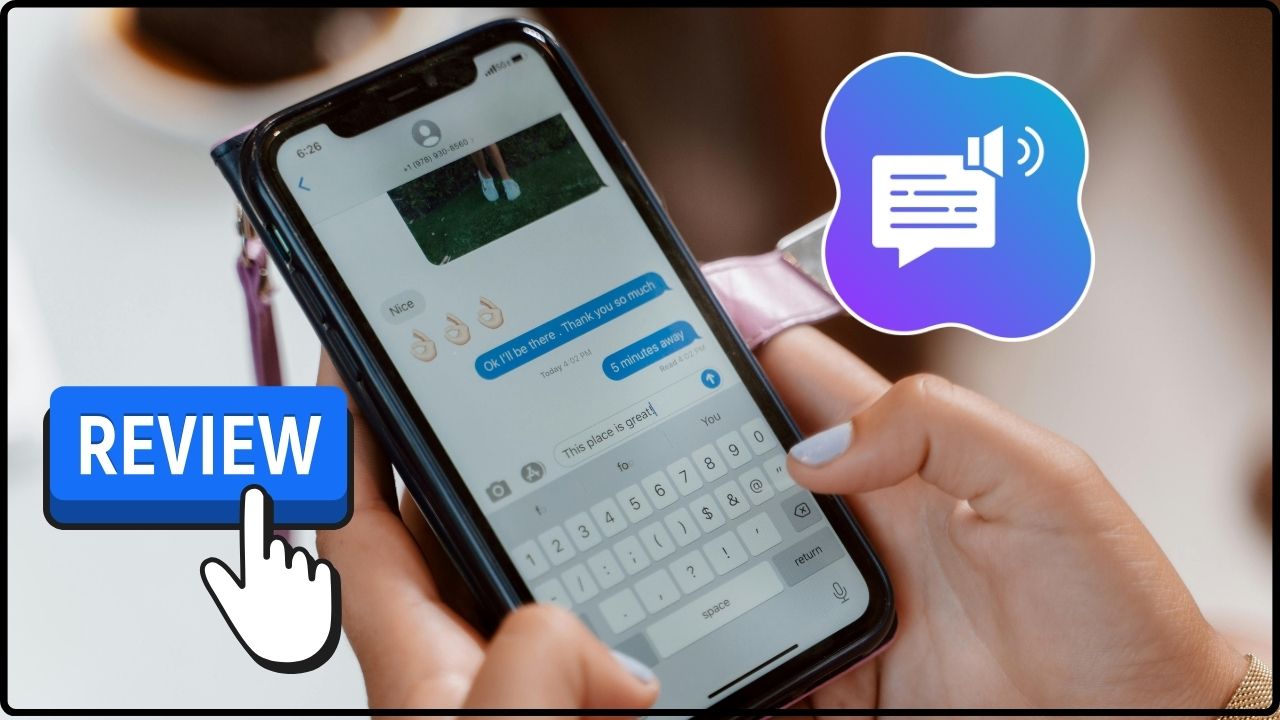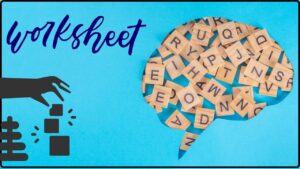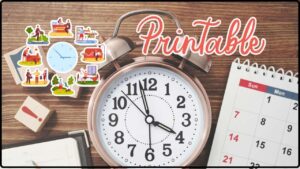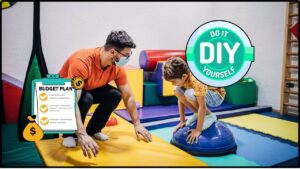Dysgraphia Worksheets: Dysgraphia is a learning disability that affects a person’s ability to write clearly and legibly. It’s about more than just messy handwriting—dysgraphia can make spelling, writing speed, and even organizing thoughts on paper a huge challenge. But luckily, there are free dysgraphia worksheets and fine motor skills exercises designed specifically to help. These tools can turn a struggle into progress by strengthening the muscles and coordination your brain and hands need to write right. If you’re a parent, teacher, or professional working with someone facing dysgraphia, you’ve probably seen how frustrating writing struggles can be. The good news? You don’t have to reinvent the wheel. Lots of resources out there provide simple, effective practice to develop the fine motor skills that are the building blocks of handwriting. This article will break down what dysgraphia looks like, why fine motor skills matter, and how to use free worksheets and exercises for real improvement.
Table of Contents
Dysgraphia Worksheets
Dysgraphia can turn the simple act of writing into a major challenge, but it’s far from a dead-end. Utilizing free dysgraphia worksheets and targeted fine motor skill exercises offers a pathway to clearer, more manageable handwriting. When combined with professional support and a regular practice schedule, these tools empower learners of all ages to overcome barriers and express themselves confidently on paper. With the right approach, dysgraphia’s hold loosens, opening the door to a smoother writing experience.
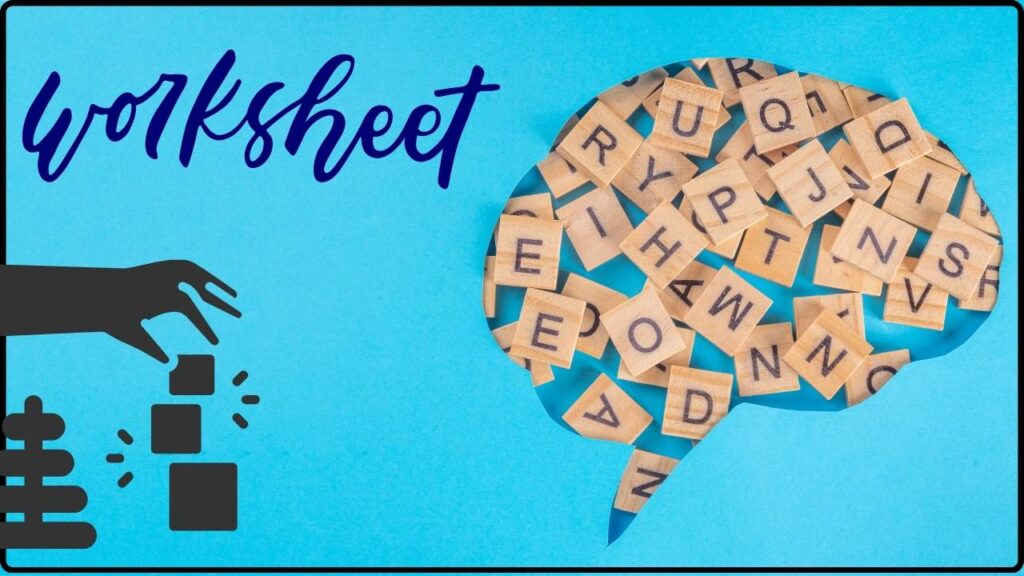
| Highlight | Details |
|---|---|
| What is Dysgraphia? | A learning disability impacting writing ability. |
| Fine Motor Skills Impact | Essential for handwriting, including grip, coordination. |
| Benefits of Worksheets | Improve letter formation, spacing, pencil control. |
| Types of Exercises | Tracing, cutting, threading, sensory activities. |
| Evidence-based Approaches | Multisensory techniques, occupational therapy recommended. |
| Resources | Websites like International Dyslexia Association, EdPlace Link |
| Prevalence & Stats | Estimated 5-20% of children show handwriting difficulties. |
What Is Dysgraphia? A Quick Rundown
Dysgraphia falls under specific learning disabilities that mess with handwriting — it’s neurological, meaning it’s about how the brain processes writing tasks, not a lack of effort or intelligence. Kids, teens, and even adults can have dysgraphia. It challenges the physical act of writing, spelling, and organizing ideas on paper. It’s not just messy handwriting; a person with dysgraphia may struggle to form letters, write at a reasonable speed, or keep their writing aligned on the page.
Think about the basics of handwriting: gripping the pencil, moving the fingers and hand smoothly, and coordinating what your brain wants to say with your motor skills to put it on paper. Dysgraphia interferes right there. It can cause frustration, reduce confidence, and make schoolwork or work tasks feel like climbing a mountain.
Why Fine Motor Skills Matter with Dysgraphia?
Fine motor skills involve small muscle movements in your hands and fingers. They’re the foundation for holding a pencil, forming letters, and controlling the writing tool. Weak or underdeveloped fine motor skills can cause sloppy, slow, or painful writing, which is exactly what happens with dysgraphia. Boosting these skills is key to improving handwriting and easing the writing process overall.
Getting better at fine motor skills isn’t about just writing a bunch nonstop. It’s about targeted practice: strengthening muscles, improving coordination, and refining control. That’s where worksheets and exercises come into play.

The Impact of Dysgraphia on Learning and Everyday Life
Dysgraphia goes far beyond schoolwork. When a child struggles with writing, it affects their confidence in learning, participation in class, and even their creativity. For adults, dysgraphia can impact professional tasks like note-taking, filling out forms, or drafting emails, which can hinder career advancement and daily efficiency.
The frustration often leads to avoidance of writing tasks, which can create a cycle of reduced practice and further skill decline. Understanding this emotional component is vital for providing empathetic support and ensuring persistence in practice.
How Dysgraphia Worksheets Help?
Dysgraphia worksheets are specially designed exercises that help practice letter shapes, spacing between words, alignment, and even pencil grip. They often include tracing letters and shapes, connecting dots, copying sentences, and guided handwriting practice. Importantly, many free resources also come with multisensory activities, engaging touch, sight, and movement to reinforce learning.
Some worksheets focus on breaking down letters step-by-step, teaching the direction and order of strokes—which can be super helpful for kids who feel overwhelmed trying to write on their own. Others include fine motor skills drills such as coloring inside lines, cutting along patterns with scissors, or threading beads, all meant to make hand muscles stronger and movements smoother.
Top Free Dysgraphia Worksheet Activities to Try
- Letter Tracing & Copying: Practice letter formation with visual guides, using bold and colored tracings to make it easy and fun.
- Scissor Skills: Cutting shapes enhances hand strength and control—a great way to build precision.
- Threading & Lacing: Using beads or laces to develop finger dexterity and coordination.
- Sensory Play: Working with putty or clay strengthens grasp and hand muscles.
- Maze Games & Dot-to-Dot: Help with motor planning and attention.
- Pencil Grip Exercises: Holding small objects or tools designed to improve grip.
- Visual Motor Integration: Worksheets combining shapes, letters, and patterns to sync hand and eye movements.
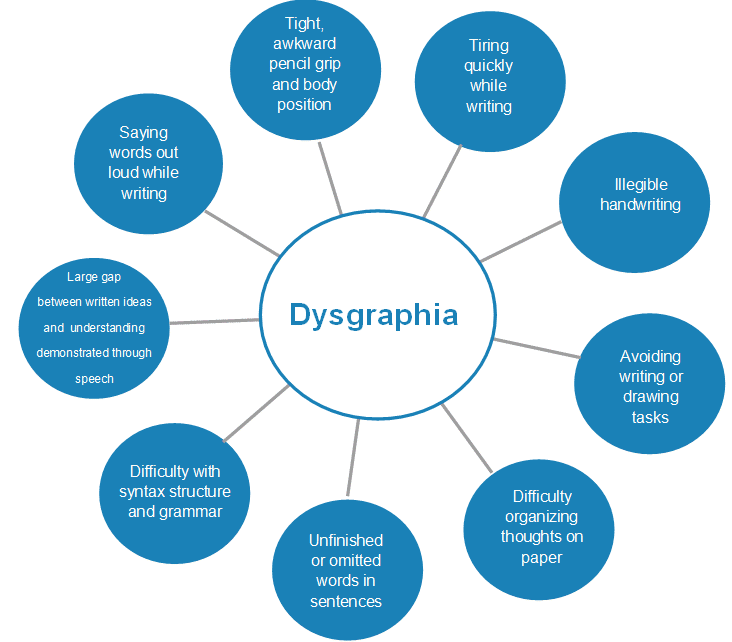
Additional Exercises for Fine Motor Skill Development
In addition to worksheets, various hand and finger exercises widen the range of motor skills training for people with dysgraphia:
- Finger Tapping and Finger Lifts: Simple but effective exercises that enhance finger independence and speed.
- Hand Strengthening with Therapy Putty or Stress Balls: Regular squeezing and manipulation develop muscle strength and endurance.
- Finger Walking on a Surface: Mimics the motion of writing and builds control.
- Using Tweezers and Clothespins: These activities increase pinch strength and precision.
- Buttoning and Zipping Practice: Helps develop coordination that transfers to pencil control.
Evidence-Backed Approaches to Dysgraphia
Scientific studies and expert bodies recommend a combination of approaches:
- Multisensory Instruction: Combining visual, auditory, and tactile learning to reinforce writing skills.
- Occupational Therapy: Professional guidance to target fine motor skill development.
- Assistive Technology: Tools like speech-to-text software or keyboarding programs to support writing.
- Classroom Accommodations: Extra time, oral exams, and note-taking aids.
Studies show that consistent, task-specific practice like Neuromotor Task Training (NTT), which combines skill repetition and feedback, improves handwriting quality and motor coordination in kids with dysgraphia. Digital tools such as gamified exercises also show promising results in engaging children and improving prewriting skills.
Additional Strategies to Boost Writing Skills
To add even more power to your dysgraphia support toolkit, consider these approaches:
- Gross Motor Activities: Activities like playing catch or swinging may seem unrelated, but they improve overall coordination and muscle control, which benefits handwriting indirectly.
- Mindfulness and Relaxation: Reducing anxiety and tension in hands can improve writing fluency. Gentle hand massages or simple relaxation routines before practice help.
- Writing Tools: Using ergonomic pencils, pencil grips, weighted pens, or slant boards can make writing physically easier and reduce fatigue.
- Daily Journaling: Encouraging short, daily writing tasks—even if messily done—builds endurance and comfort with writing.
- Peer Support: Group activities and writing clubs offer motivation, social interaction, and confidence-building.
Understanding the Role of Technology in Supporting Dysgraphia
In this digital age, technology offers significant support for individuals with dysgraphia. Assistive tools such as speech-to-text software, word prediction programs, and digital note-taking apps can reduce the reliance on handwriting alone and make writing less stressful.
Tablet apps that focus on handwriting skills use interactive tracing and multisensory feedback to reinforce fine motor and writing skills. These can be particularly appealing to children who are motivated by game-like interfaces.
Where to Find Free Dysgraphia Worksheets?
Several reliable, high-authority sites offer free printable worksheets for dysgraphia and fine motor skill exercises:
- International Dyslexia Association: Educational materials and diagnostic info.
- EdPlace: Dysgraphia resources for differentiated support.
- Teachers Pay Teachers (TPT): Free and low-cost worksheet downloads by educators.
- Dysgraphia Life: Resource hub with explanations, tools, and links.
- Understood.org: Practical guides and classroom strategies.
Step-by-Step Guide: Using Dysgraphia Worksheets Effectively
Step 1: Assess the Needs
Identify specific writing challenges — whether it’s letter formation, spacing, grip, or speed. A professional evaluation helps pinpoint focus areas.
Step 2: Choose Appropriate Worksheets
Pick worksheets that match the learner’s current skill level and goals. Start with tracing or simple shapes before advancing to independent writing.
Step 3: Establish a Routine
Consistency wins. It’s better to practice short sessions daily than long, sporadic ones. Even 10-15 minutes a day can lead to steady gains.
Step 4: Mix in Engaging Activities
Combine worksheet time with art, sensory play, and hand-strengthening exercises like working with clay or threading.
Step 5: Track Progress and Adjust
Notice improvements and adjust difficulty or types of tasks to challenge without overwhelming.
Step 6: Complement with Tech and Accommodations
Use tech tools (speech-to-text) and academic accommodations (extra time, alternative assessments) to ease frustrations and build confidence.
Dyslexia in the Regular Classroom: How to Adapt Texts and Tests for Success
Social Stories for Autism: How to Create Visual Guides for School Rules
Peer Support Networks: How to Train Students to be “Inclusion Buddies”

